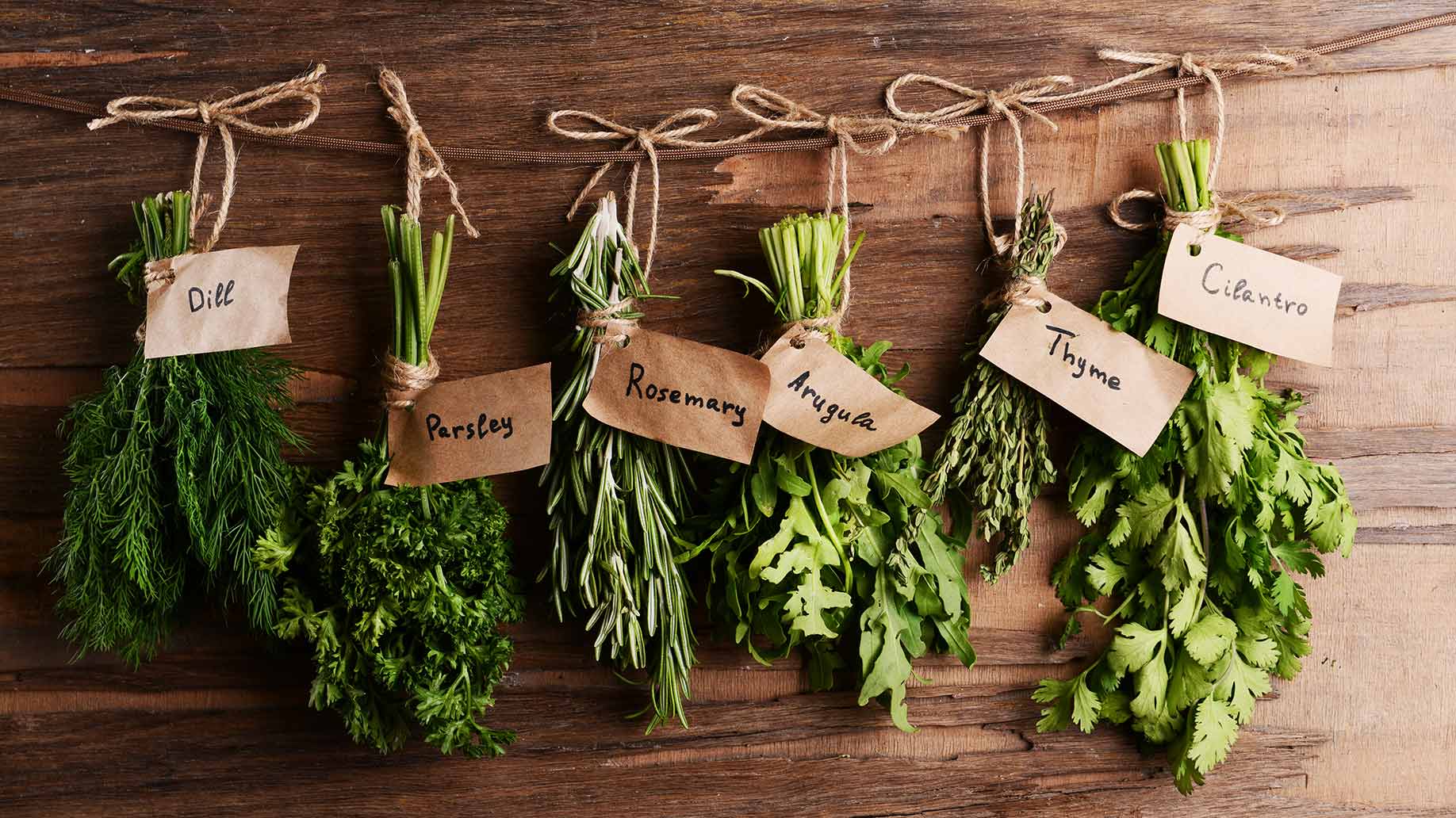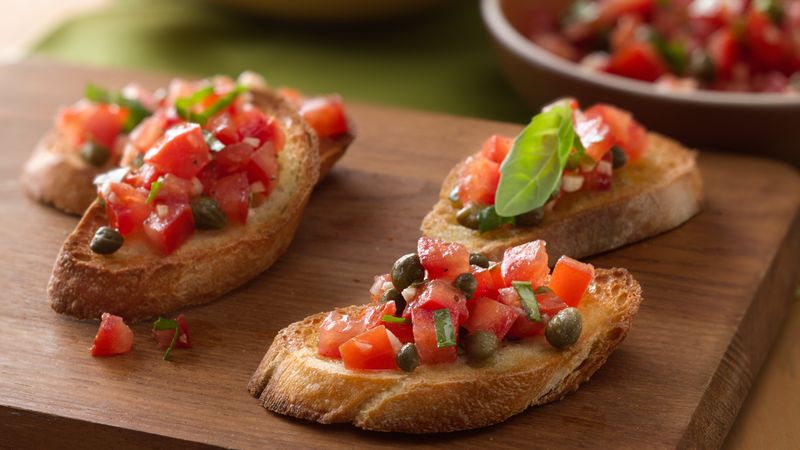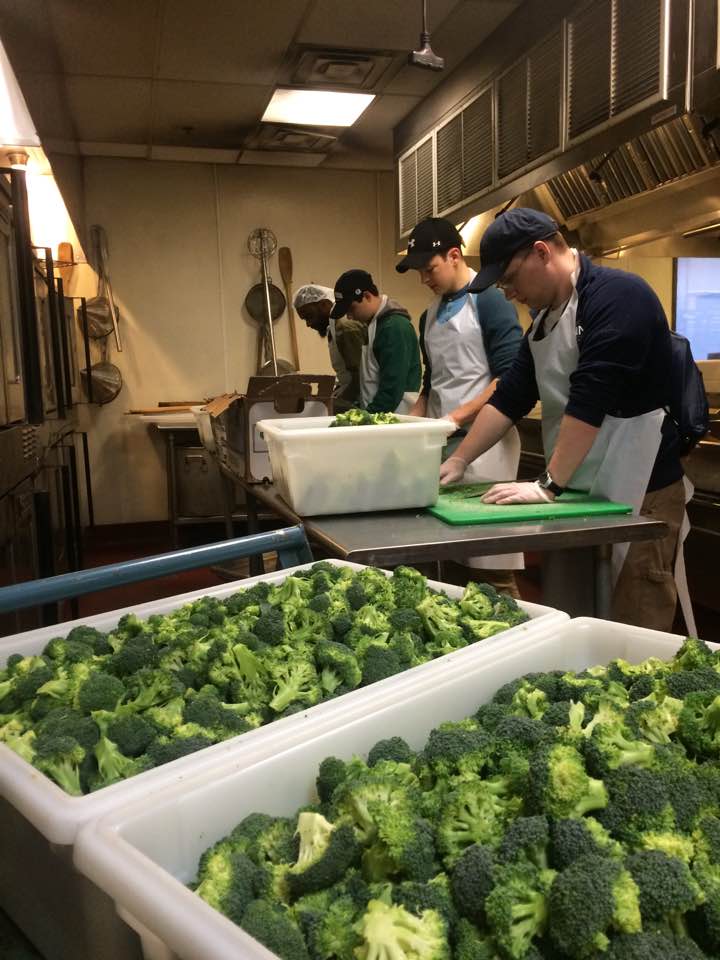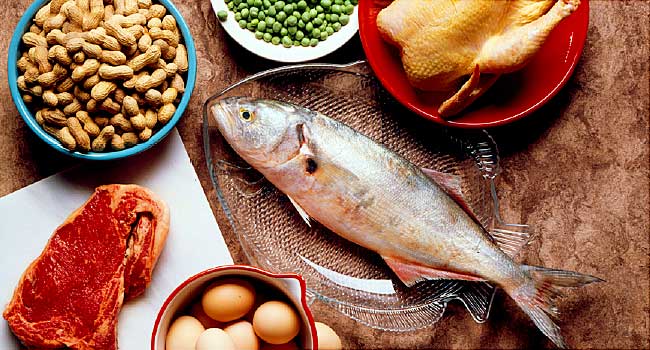MANNA was founded in 1990 by seven volunteers from the First Presbyterian Church in Philadelphia who threw all of their energy into creating a system of meal delivery to individuals dying of HIV/AIDS. We are so fortunate to function to this day as an organization fueled by the passion and generosity of neighbors who want to give back. Some of MANNA’s volunteers have been helping in our kitchens regularly for many, many years. This week, some of our long returning volunteer crews reflected with us on their experiences at our Ranstead Street location as a way to mark the transition to our brand new facility on 420 North 20th Street.
The best part about volunteering regularly at MANNA is finding your ‘crew.’ With many folks volunteering regularly on the same day each week, weekly hangouts blossom into years of friendship. Sometimes the day of the week you land on is due to previous ties, but more often it’s happenstance. A serendipitous journey of community, friendship, and good work.

The Thursday Crew
The Thursday crew has been coming for many years, some for longer than others. Many of them are tied in one way or another to Claire Toy, a force of nature at MANNA who has pulled so many together, into the kitchen, into a community, for more than two decades.
Jan: “It’ll be sad to leave [the Ranstead location], because this is this spot, you know? But it’ll be good to go to a new spot.
Harriet: It’s so comforting to be here. It’s the sense of community between the volunteers and with the staff. And although we don’t always get to meet the clients, they’re sort of here, in the room, in a silent way. You really get the feeling that we’re all working together on something important.”
Stelle: “I’ve been coming to MANNA for thirteen years, and I’ve been telling Harriet – who’s new – volunteers are so appreciated here. And that’s something she’s already experienced in the short time she’s been coming.
In these past thirteen years, I’ve made real friends. Not just colleagues working here. There are some of us that see each other now outside of MANNA. We always discuss politics, movies, books, as we chop and cook. That’s been a real plus, too.”
Jan: What always impressed me with some of the volunteers who are students, or have full time jobs, is that they’ll come here on their days off. I never did that on my day off!! We know someone who came on her lunch break! I think it’s just a remarkable thing that people are so invested in volunteering.
Stelle: Jan and I started coming together when we retired from the school district – we worked together. Then we brought a friend or two, and the rest just sort of happened!
Lou came with his daughter at the same time, and now they volunteer every Thursday together as well.
Harriet: It’s like it’s hard wired at MANNA to be appreciative. You just feel it. Everyone is always so friendly. When you walk in in the morning there’s always staff saying hello, asking how you are, remembering your name.
Stelle: Another thing that makes it really interesting is that you volunteer here with people from all walks of life. One week you might be working next to a doctor, and the next week you might be working with someone who’s here on community service with the court system.
Henrietta: Stelle, my neighbor, brought me here a couple of years ago. She had helped me through a hard illness and brought me here because I wanted to give back, and had nowhere to go.
What I’ll remember about this place is probably all the same things I’ll take to the new place. Everyone is so kind, we laugh a lot, we get a lot of work done. It just makes you feel good. So if we can feel good in a new, shiny place… I’m all for it!
As long as they take the popcorn, I’m good, because that’s the only reason we come! Just kidding. We kid around and say that because the popcorn is so good.
Funny Memories
Thursday Crew: We do a lot of baking. One time, we were doing brownies… and of course these things only happen when someone walks by who’s in charge, like Keith (Head Chef). So we’re unwrapping our twenty pounds of butter and putting it in the blender, and we turn it on – again, we’re new. We had not first checked that the bowl was sitting where it was supposed to… and the butter went flying and the bowl was all over the place, and we were trying to stop it and panicking at the same time! [Laughing] We’ll never forget that.

The Friday Crew
Eve: I’ve been volunteering here for about 10 years. I remember when I first started, and coming into a kitchen full of people singing show tunes, thinking it was just a little too crazy for me. But I very quickly adapted and learned to love it. And it’s been a wonderful part of my life every Friday morning, coming to MANNA.
It’s really the Friday Morning Crew that keeps me coming back to MANNA. It’s just been wonderful. I’ve made great friends here, and it’s just been a wonderful thing.
George: I’ve gotten volunteer of the month, and last year I got the silver spoon award; it made me feel tremendous. It’s been great fun, meeting all the different people. It gives me something to do, instead of sitting at home and doing nothing! This way I can help people out. And that’s even better. I come three days a week, and I’ve been coming for almost seven years – I started after I retired. The people and the work keep me coming back!
Dominic: I started volunteering with MANNA the year after they started… I’ve been with MANNA for more than 25 years. When I first started we had nothing but volunteers. And something like 40 clients. And then when we got to one hundred clients it was a big thing. And look how far we are now!!
You get some wonderful people here. It changed my whole life. It gives me a purpose in life, to go out and do things. I’m not sitting home in a rocking chair. And working with young people! I love being around young people. I don’t want to just be around people my age!
I volunteer Mondays and Fridays. The best part is all of the friends I’ve met here over the years. We became friends, and stayed friends. In fact, a group of us, about ten years ago, we rented a villa outside of Florence for three weeks. And it was all the nice people I met here. I’ve known Eve for 25 years. I would never have met most of these people otherwise.
Ed Lyons: It’s different every day, and I’ve been doing it for 16 years!




















